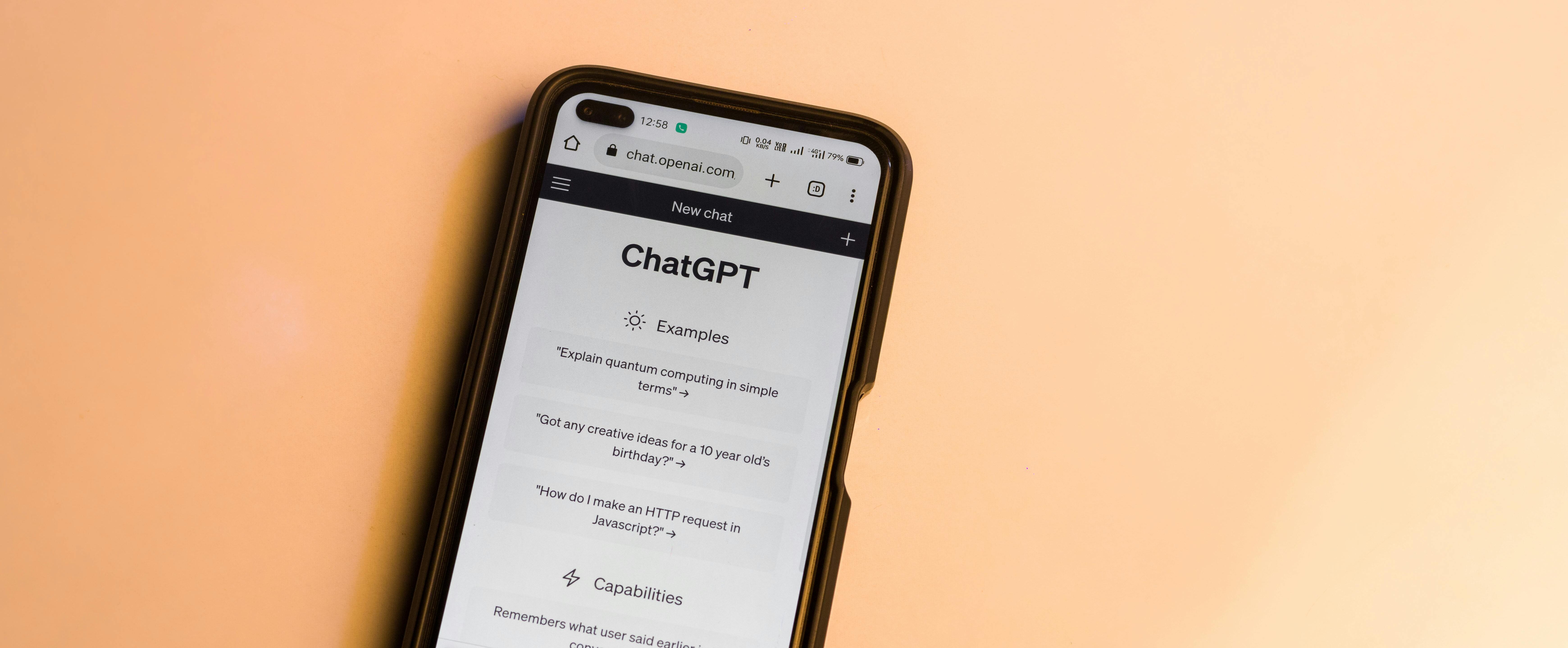AI keeps advancing, but the latest updates from ChatGPT Sora 2 vs Claude 4.5 stand out for what they mean to professionals who use these tools every day. With ChatGPT Sora 2 and Claude Sonnet 4.5, OpenAI and Anthropic are moving in distinct directions, yet both are shaping how we learn, build, and collaborate with AI in 2025.
I’m Alejandro Reynot, from Paraguay. I’ve spent more than ten years working with networks, firewalls, and infrastructure. My work is all about designing systems that are safe, stable, and practical. That same focus on function is what draws my attention to AI, especially when updates like ChatGPT Sora 2 and Claude Sonnet 4.5 start showing real impact in professional environments.
Here’s a closer look at what these updates bring, why they matter, and how they’re quietly transforming the way we work and learn.
ChatGPT’s New Chapter: Sora 2 and Learning That Evolves
The most anticipated update from OpenAI this year is Sora 2, the model that connects text and video in a natural, fluent way. You can describe an idea, a concept, or even a full scene, and Sora builds it visually with movement, light, and sound that align with your description. It is a step toward expressing ideas visually, making storytelling and explanation more intuitive.
For teachers, marketers, or anyone who needs to make complex ideas clear, this is a meaningful shift. It helps you show what you mean, making communication smoother and more dynamic.
As I often say, there is a before and after when it comes to combining language and video. Sora 2 represents that turning point.
Still, every new capability comes with responsibility. Deepfakes, copyright concerns, and content ownership are part of the conversation again. OpenAI has started testing protections that give creators control over how their material is used and even the option to earn compensation if it contributes to generated content.
ChatGPT + Coursera: Learning directly inside the tool
Another major step forward is ChatGPT’s integration with Coursera, and this one has real potential for professionals. OpenAI and Coursera partnered to embed learning capabilities directly into ChatGPT, turning the app into an interactive learning environment.
You can now ask ChatGPT to:
“Activate Coursera. Show me courses about cybersecurity and guide me to enroll.”
Once activated, ChatGPT can suggest personalized courses, summarize what you will learn, track your progress, and even quiz you on topics you have been exploring. It does not just recommend a course; it supports your learning process with explanations and follow-up questions in the same chat.
The integration also lets you move seamlessly from conversation to certification. You can enroll in Coursera programs from institutions like Stanford, Google, or IBM, and ChatGPT will guide you through the coursework step by step. For people who prefer guided, interactive learning, this is a major improvement.
This is a glimpse of how education and AI are starting to blend: learning becomes continuous, accessible, and shaped around your own pace and interests.
Claude’s Direction: Structure, Memory, and Focus
While OpenAI has leaned toward creativity, Anthropic has refined structure and reasoning. The latest Claude Sonnet 4.5emphasizes long-term memory, context management, and technical consistency.
Claude can now maintain focus for up to thirty hours of continuous work, which is a major advantage for complex projects. The update includes Claude Code checkpoints, which let users revisit previous stages of a task, while the Agent SDK allows developers to create specific assistants for defined roles. The VS Code extension also brings these tools right into the environment where most developers already work.
Claude is designed for professionals who value accuracy, structure, and thoughtful automation. That is why companies like IBM and Deloitte are already using it to strengthen documentation, streamline workflows, and manage large-scale analysis.
Two Different Visions, One Shared Direction
ChatGPT and Claude are developing along different paths but share a clear goal: making AI a dependable and intelligent partner for human work.
ChatGPT focuses on creativity and learning. It helps professionals express ideas visually and gain new skills through interactive education.
Claude focuses on reasoning and structure. It supports deep, consistent work across complex projects.
One brings imagination; the other brings order. Together, they show how AI can evolve into a more balanced collaborator, both expressive and precise.
How These Updates Can Help You
Developers: Claude’s new checkpoints and SDK simplify project tracking while its long memory enhances debugging and analysis.
Educators: Sora 2 can turn lessons into visual stories, and ChatGPT’s Coursera integration keeps learning continuously and accessible.
Marketers and creators: Use Sora 2 to visualize campaigns or product ideas and Claude to refine messaging and strategy.
Teams: Let ChatGPT support brainstorming and creative exploration while Claude maintains structure and follow-through.
The real advantage lies in identifying where these tools naturally complement your workflow and make your daily tasks smoother.
Final Thoughts
These updates mark a meaningful shift in AI’s role at work.
The new ChatGPT features mark a huge step in the evolution of the tool, especially with Sora 2. The improvement in video generation is remarkable; it reaches a level of detail, coherence, and realism that once seemed impossible. This update opens new ways to communicate ideas, teach, and experiment with visual content. With Sora 2, there is a clear before and after in how language and generative video come together.
At the same time, Claude’s progress shows a different kind of strength: structure, focus, and consistency. While Sora 2 expands imagination, Claude ensures that the systems behind those ideas remain reliable and intelligent.
What excites me most is seeing both creativity and logic evolve together. This is not about AI replacing anyone; it is about learning to work alongside it, shaping it to support how we think, build, and learn. The real transformation is already happening; it is how we choose to use these tools.

